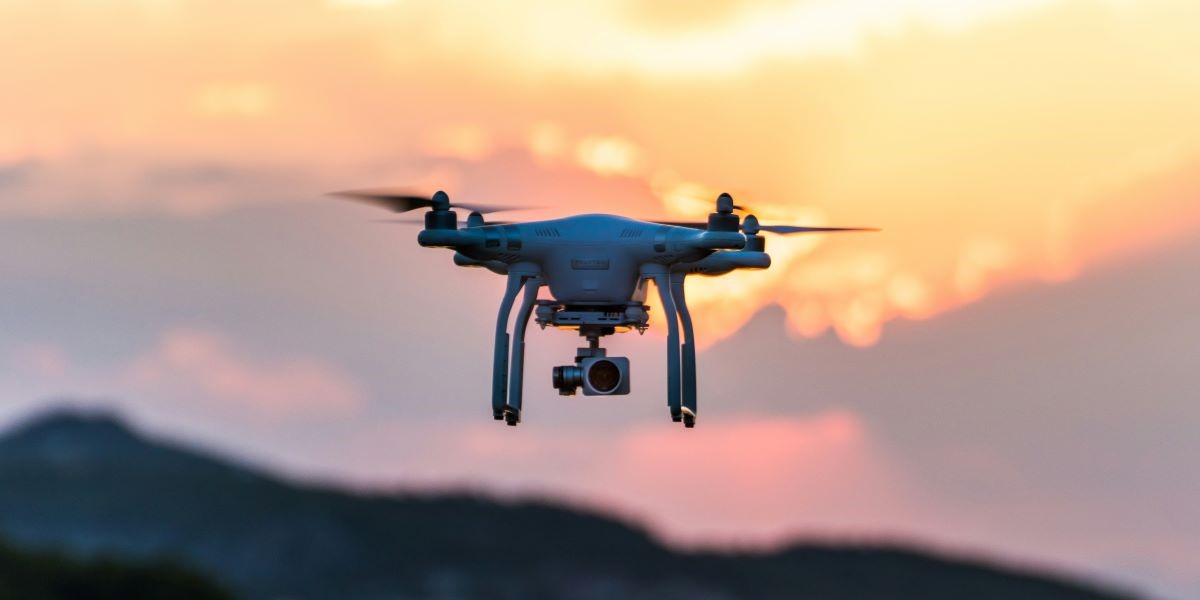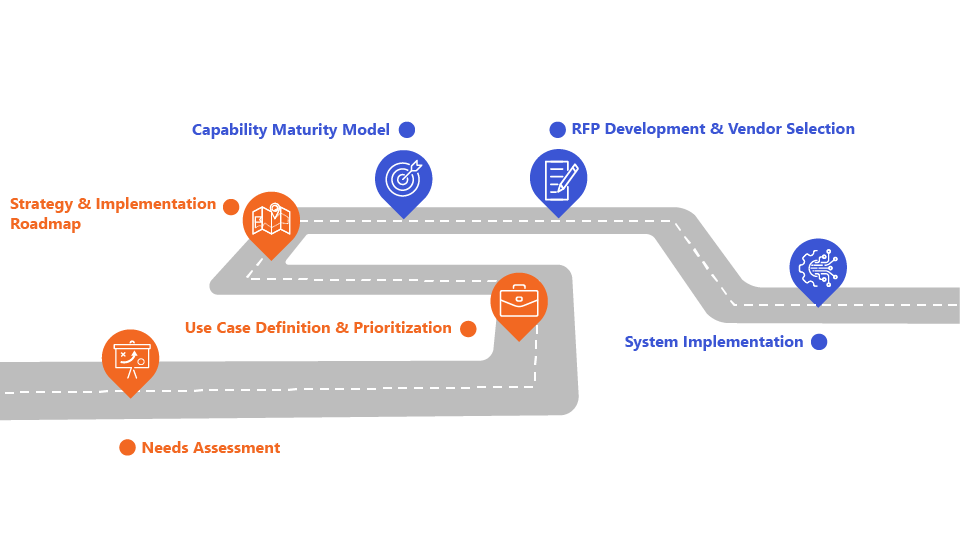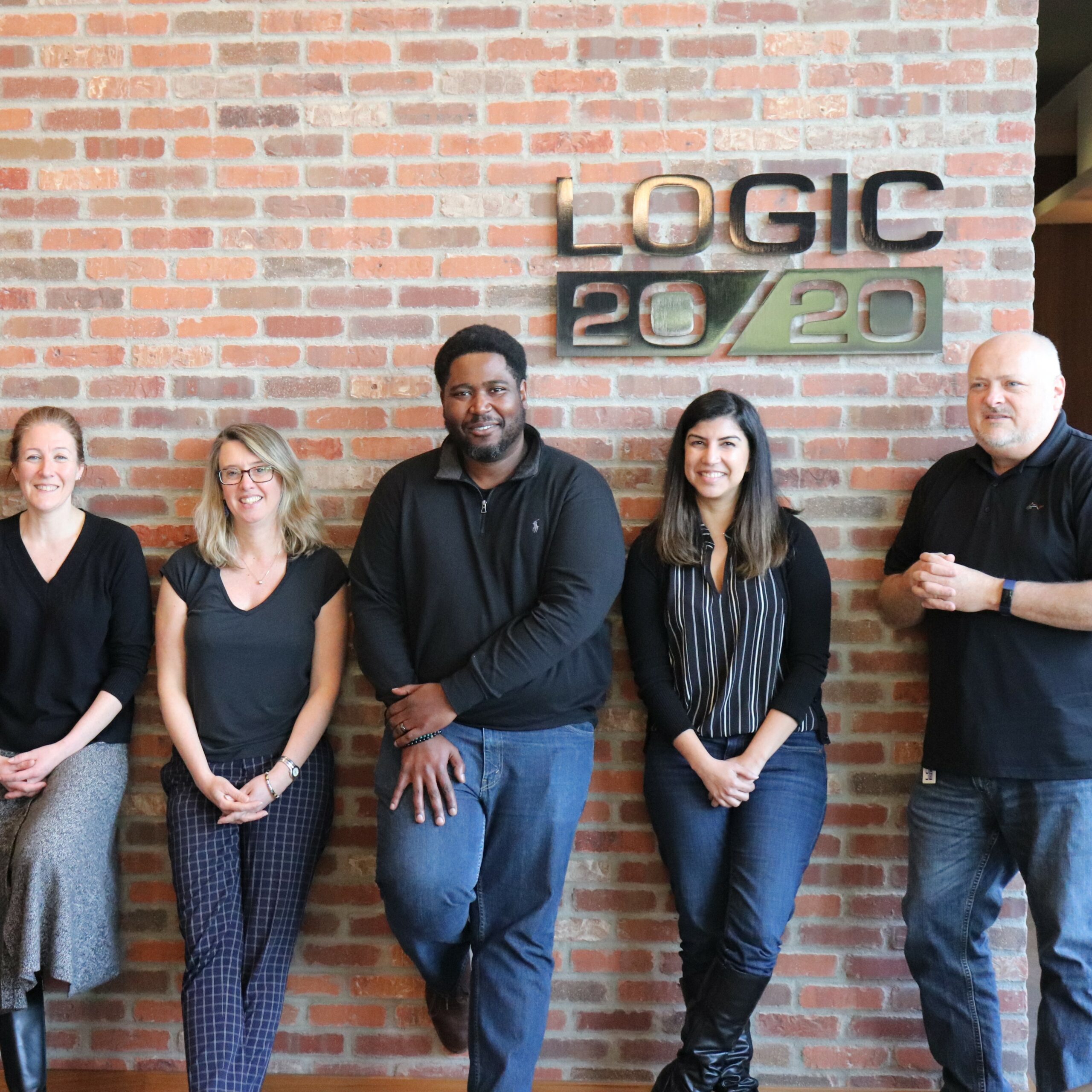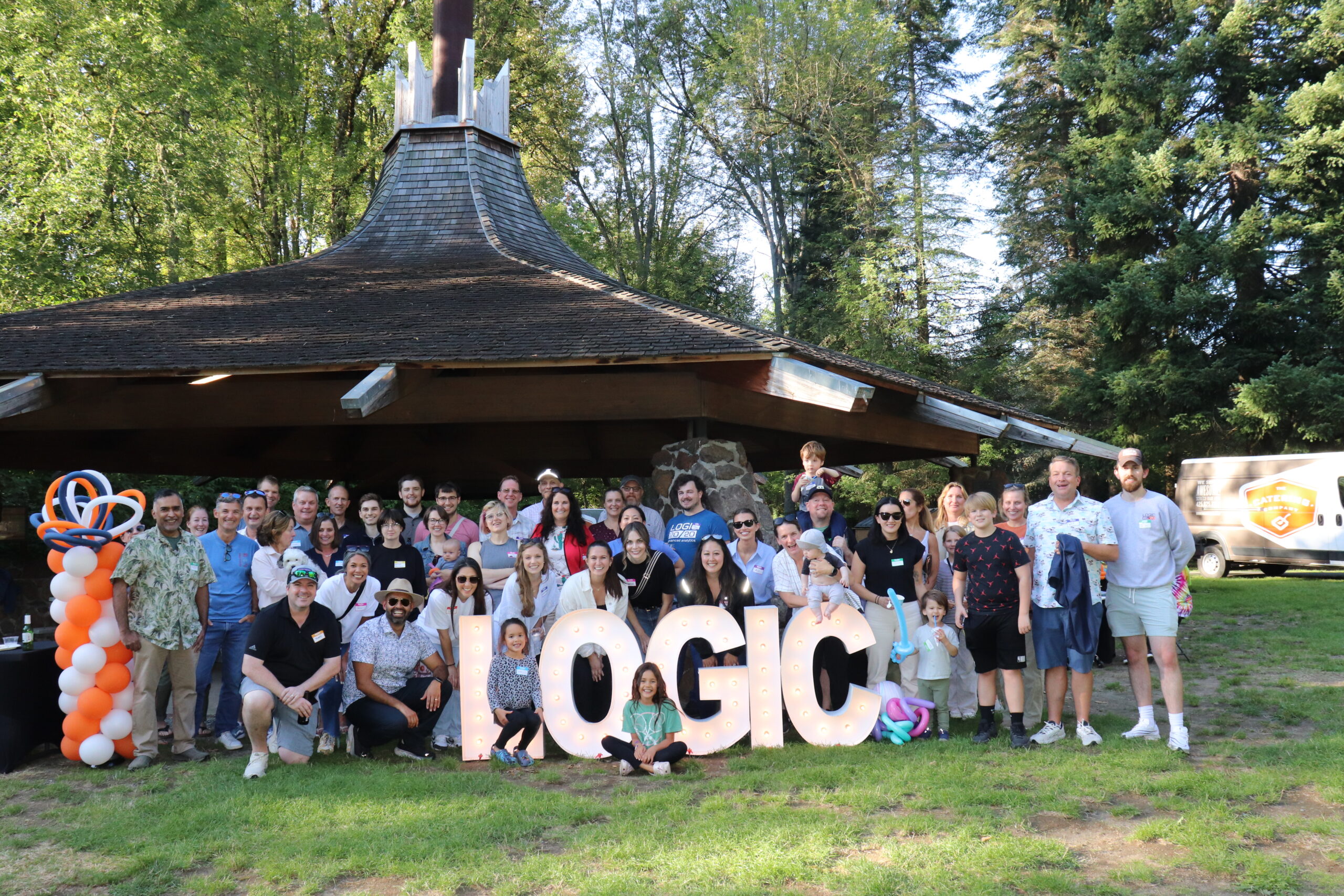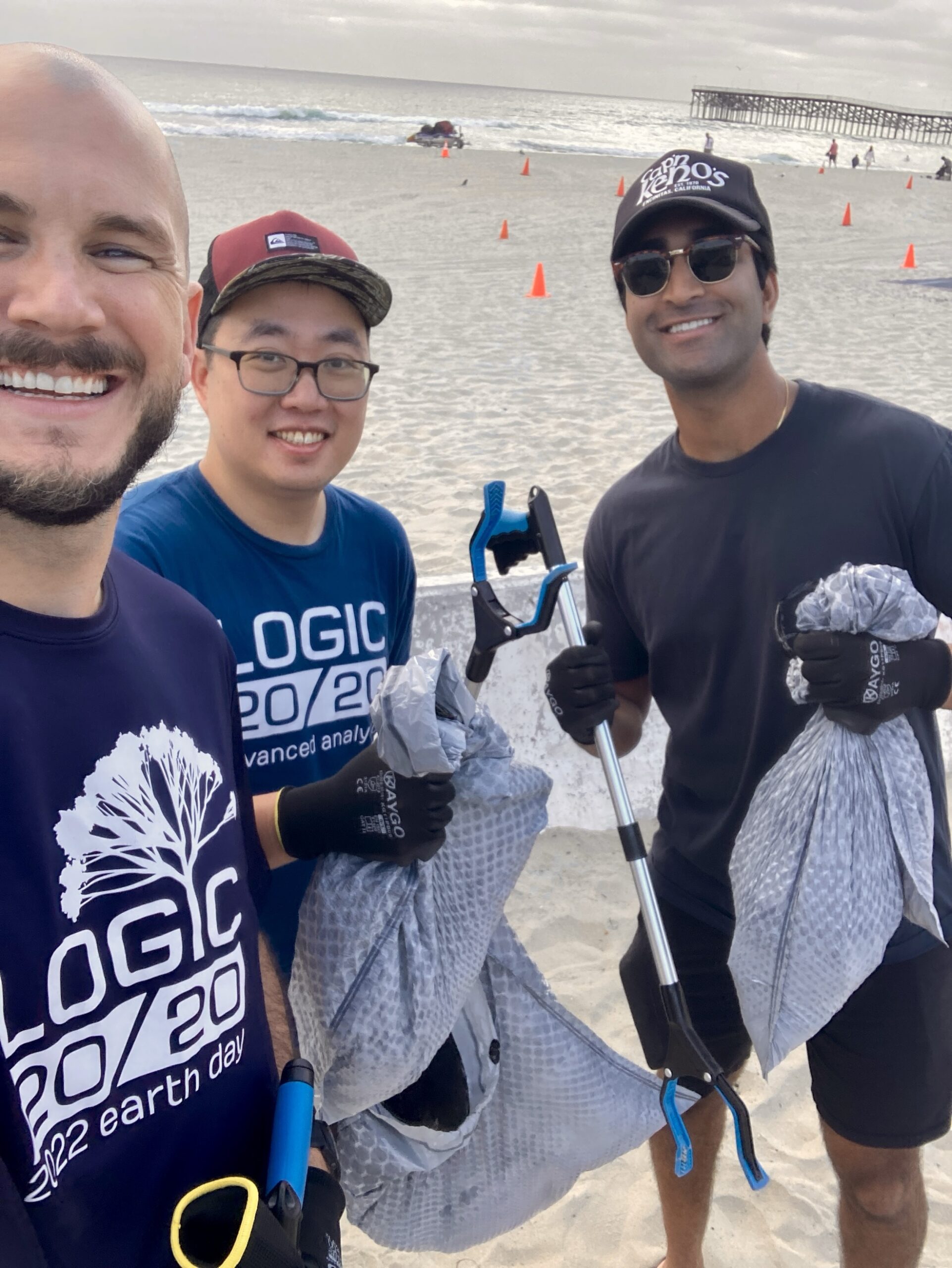
Purpose-built solutions for a demanding grid
Asset management
Manage an aging grid and modernize inspection and field management with integrated AI & machine learning solutions.
Desktop inspection portal
Wildfire risk mitigation
Driving wildfire mitigation planning with predictive risk management.
Public Safety Power Shutoff (PSPS) Dashboard

Wildfire mitigation investment planning tools
Emergency operations center
Maximize the effectiveness of emergency operations with real-time data that provide clear insights for informed decisions.
Public Safety Power Shutoff (PSPS) Dashboard
Wildfire risk dashboard
Join our team
Passionate about technology and the future of energy? Join Logic20/20, a nine-time Best Company to Work for, and join a dynamic and passionate team driving innovation in digital-grid and power systems. Here, you’ll take true ownership of transformative projects in a close-knit, engaging environment. Learn more about our open roles and how you can grow your career with us.
Skills we value
DERMS
OMS
EMS
SCADA
ADMS
AMI
Digital Grid
Energy Transition
Power Systems
Open roles
Graduate Hires
Consultants
Senior Consultants
Managers
Senior Managers

